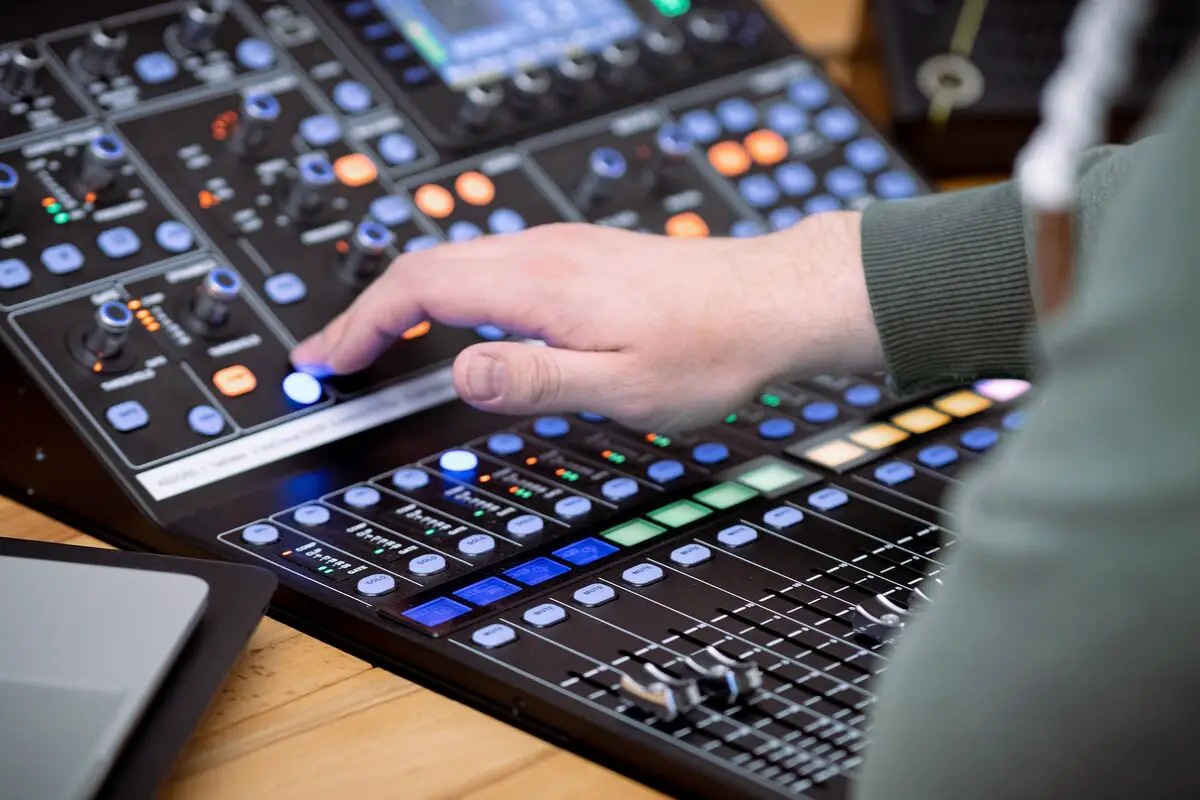Have you ever wished you could wave a magic wand and remove that pesky background noise from your audio recording? Well, you’re in luck! The expander effect in audio might not be a wand, but it’s the next best thing.
In this blog post, we’ll dive into the world of audio expanders, exploring their purpose, mechanics, and various types available. You’ll soon have a solid understanding of audio expanders and know when to whip them out like a sound wizard.
What is an expander effect in audio? An expander effect is an audio processing technique that increases the dynamic range of an audio signal, enhancing audio clarity and reducing background noise. It works by amplifying quieter sounds while leaving louder ones unaffected, making it an essential tool in audio production.
How do expanders work?
Expanders are audio processing tools used to improve the dynamic range of audio signals. They work by increasing the difference between the louder and quieter parts of an audio signal, making it sound more natural and balanced.

Expanders can be particularly useful for reducing background noise, drum bleed, and shaping transients in audio production. An expander attenuates the audio signal when its level falls below a specified threshold. The amount of attenuation is determined by the expander’s ratio, which the user sets.
For example, if the ratio is set to 2:1, for every 1 dB, the input signal drops below the threshold, and the expander will attenuate the output signal by 2 dB. This results in a more significant reduction of quieter parts of the audio signal while maintaining the louder parts, hence increasing the dynamic range.
Expanders can also be used for sidechaining purposes. In this case, a signal (Sound A) is attenuated by an expander triggered by the fluctuating level of a different signal (Sound B). When Sound B drops below the expander’s threshold, Sound A will be attenuated. This technique can create interesting effects and help in achieving a more balanced mix.

AKAI Professional MPK Mini MK3

AKAI Professional MPK Mini MK3
What are expander parameters?
Expander parameters in audio processing are similar to those found in a compressor. They are used to control the dynamic range of an audio signal.
1. Threshold
The threshold determines the input level at which the expander will activate. The expansion process starts when the signal level either crosses the threshold level (upward expansion) or falls below it (downward expansion).
2. Ratio
The ratio parameter controls the amount of expansion applied to the audio signal. A higher ratio results in a more aggressive expansion, while a lower ratio applies a more subtle expansion effect.
A shorter release time will make the expander stop acting more quickly, while a longer release time results in a more gradual release.
3. Attack
The attack time is the period it takes for the expander to start acting once the input signal crosses the threshold. A shorter attack time results in the expander responding more quickly to changes in the signal level, while a longer attack time creates a smoother transition.
4. Release
The release time determines how long it takes for the expander to stop acting after the input signal level falls below the threshold. A shorter release time will make the expander stop acting more quickly, while a longer release time results in a more gradual release.
Why use an expander?
An expander is a useful tool in audio production that can be used to reduce noise, remove reverb, and attenuate certain parts of the audio signal to improve the overall quality of the recording. Unlike a gate, which mutes the audio signal below the threshold, an expander allows some audio to pass through but at a lower level.
Suppose a vocal recording has unwanted background noise. In that case, an expander can be used to reduce the volume of the noise during the pauses between the vocals, making the overall recording cleaner and more polished. Additionally, an expander can be used to remove reverb from an audio signal by reducing the volume of the reverb tail that occurs after the initial sound.
Conclusion
Well, folks, we’ve reached the grand finale of our audio expander adventure. So, did this post help you expand your horizons in the world of audio production? Let me know in the comments section below – I read and reply to every comment. If you found this article helpful, share it with a friend, and don’t forget to explore my full blog for more tips and tricks on audio processing. Thanks for reading, and may your future recordings be as noise-free as a mime convention!
Key takeaways
This article covered the expander effect. Here are some key takeaways:
- Expander effects in audio increase dynamic range, enhancing clarity and reducing background noise.
- Audio expanders work by amplifying quieter sounds while leaving louder ones unaffected.
- Expander parameters are threshold, ratio, attack, and release.
- Expanders can improve audio quality by reducing background noise, enhancing clarity, and restoring dynamic range.















